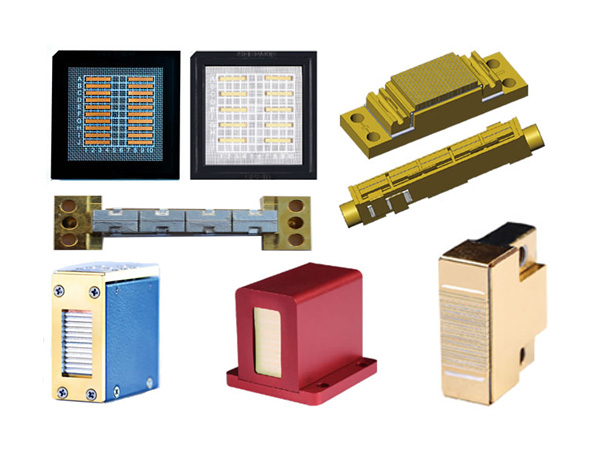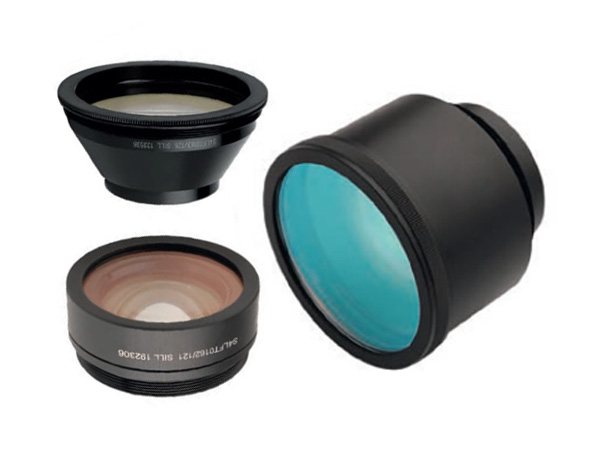New Laser Technologies Help 3D Printing Overcome Challenges
In recent years, 3D printing as an amazing technology has been widely applied in various fields. Also known as additive manufacturing or rapid prototyping, it is a technique of constructing 3D objects by depositing materials layer by layer based on digital 3D model files.
Where is 3D printing applied? In mold manufacturing and industrial design, 3D printing can rapidly produce complex 3D models, allowing designers to better evaluate and test their designs. This not only reduces production costs but also shortens the time for products to market. In the medical field, 3D printing technology shines even brighter. Doctors can use 3D printing technology to produce customized medical devices such as prostheses or surgical instruments. It can also produce scaffolds that mimic human tissues to help patients recover damaged tissues or organ functions. In the aerospace field, 3D printing technology also demonstrates its potential. Space exploration requires materials that are highly strong, lightweight and durable - 3D printing can produce materials with complex shapes and structures to meet these strict requirements. For example, the Long March-5B rocket launched by China is equipped with a 3D printer to conduct 3D printing experiments in space.
New Laser Technologies Enhance 3D Printing
Recently, foreign researchers have developed a brand new laser scanning technology to enhance 3D printing. It can 3D print more complex mechanical hands with multiple materials in a single process, featuring delicate depictions of bones, ligaments and tendons. This new technique comes from researchers at ETH Zurich and engineers from Inkbit, an MIT spin-off additive manufacturing startup.
This technique is formally called Visual Control Jetting (VCJ) laser scanning technology. It is an inkjet deposition process that uses lasers and high-frame-rate cameras for continuous scanning and printing of surfaces. Its working principle can be understood by comparison.
First, looking at the working principle of traditional 3D printing, it creates objects layer by layer and immediately cures each layer under UV light. After curing, irregular surface areas need reworking. But this only applies to rapidly curing materials like polypropylene.
This means that using slowly curing polymers would prolong the reworking process to some extent, thus hindering printing. This is because they require a longer curing process. However, slowly curing polymers are more durable and robust, with huge medical application scenarios in biomedical products such as implants or organ chips.
Therefore, how to enable slowly curing polymers to complete 3D printing in a single process became a problem that the research team needs to solve.
This new laser scanning technique very well addresses this issue. It can perform real-time scanning of printed layers and detect irregular surface areas before polymer curing.
Compared with conventional contact inkjet printing, non-contact VCJ uses scanned data to correct the flatness of each consecutive layer. The non-contact process allows 3D printers to accept more types of materials.
Therefore, with the aid of VCJ, flexible, elastic and rigid materials can all be 3D printed. The realization of this technology makes 3D printing more convenient in both research and commercial applications.
Looking ahead
With the continuous progress of technology, the combination of AI, VR and the metaverse is expected to make digital creativity a reality. This means that with AI participation, no matter how complex the material, 3D printing can be completed in one process by combining VCJ laser scanning technology, thus faster and better completing customized and personalized products in a time-saving, labor-saving and cost-saving manner.
 English
English Français
Français Deutsch
Deutsch euskara
euskara Русский язык
Русский язык Italiano
Italiano Português
Português Nederlands
Nederlands Polski
Polski Greek
Greek Lietuva
Lietuva Türkçe
Türkçe 日本語
日本語 한어
한어 中文
中文 தாமில்
தாமில் فارسی
فارسی हिंदी
हिंदी Tiếng Việt
Tiếng Việt ภาษาไทย
ภาษาไทย Pilipino
Pilipino Indonesia
Indonesia தாமில்
தாமில்





